Technical University of Iasi - Fac. Automation and Computers
Embedded Computers
|
Wednesday, Feb. 10, 121
11:20 p.m.

|
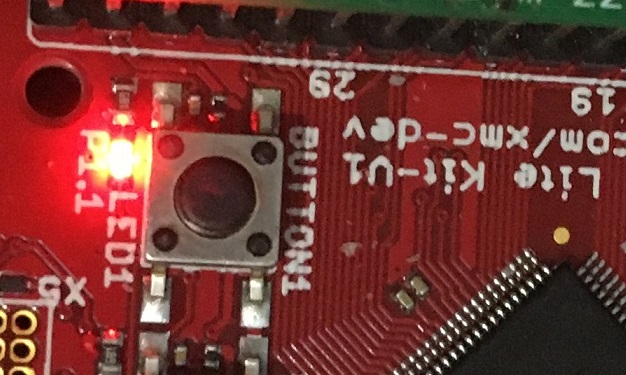 |
Experiment No.4

|
XMC4500 relax kit - instrumentation extension
The laboratory experiment aims to explore the ways of acquiring data provided by sensors with analog outputs. The aim is to develop programs focused on the use of the A / D converter in the ARM Cortex M4 -XMC 4500 structures and the associated DAVE components. For the local visualization of the data, a display extension with 8 LEDs is presented. Examples are proposed with light and humidity sensitive sensors, photovoltaic cells and potentiometers. At the end of the laboratory, detailed information will be available on the transformation of an XMC4500 platform into an instrumentation system.
XMC4500 platforms, display byte extension, 10k potentiometer, analog sensors;

|
E4.4 Prototype program source:
|
Prototype program test byte display ----- Video sequence
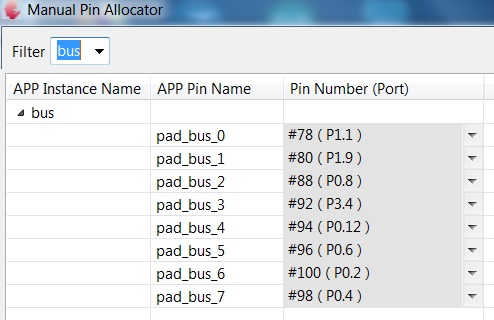
Data acquisition program and display on byte display ----- Video sequence
 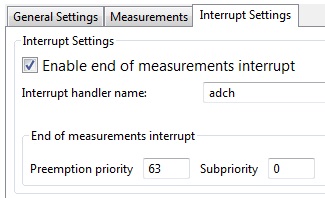
|
E4.5 Mode of conducting / tracking the experiment:
|
- the method of making a byte display extension made according to the diagram in the following figure is followed:

- The parameters of the A / D converter from the XMC 4500 structure are analyzed ;
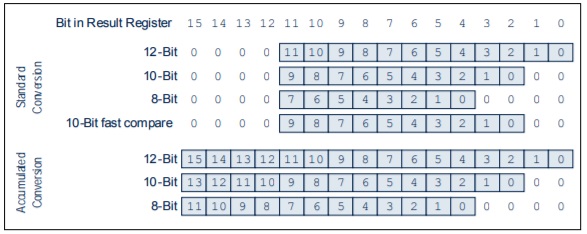 - Examine the DAVe components for the A / D converter
- Examine the DAVe components for the A / D converter
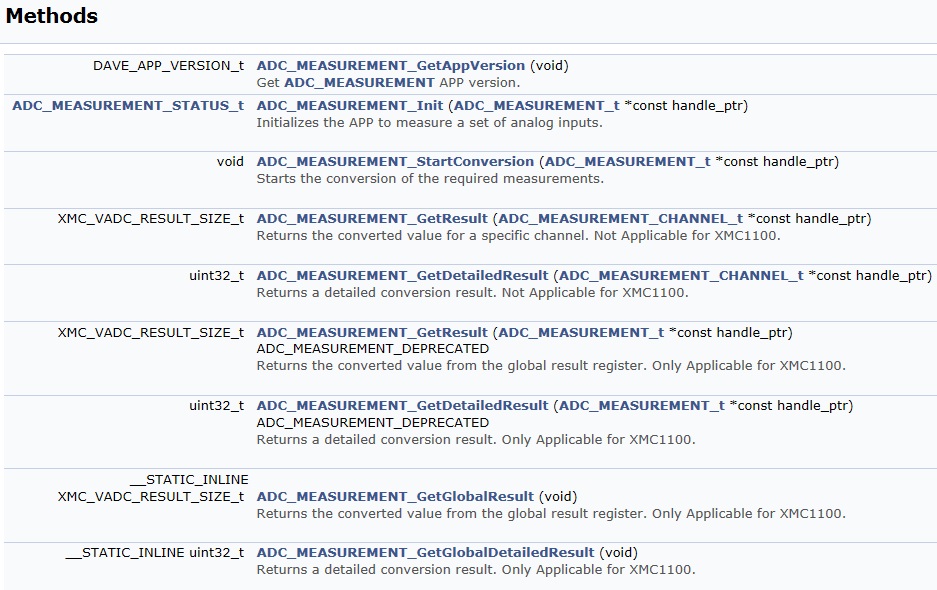
- Connect the 5K potentiometer to the A / D input to obtain a variable voltage useful for the development sequences of applications based on analog sensors;
- The light sensors are interconnected at the A / D inputs and the data acquisition is followed;
-The interconnection of the resistive humidity sensors is performed and the data acquisition is followed;
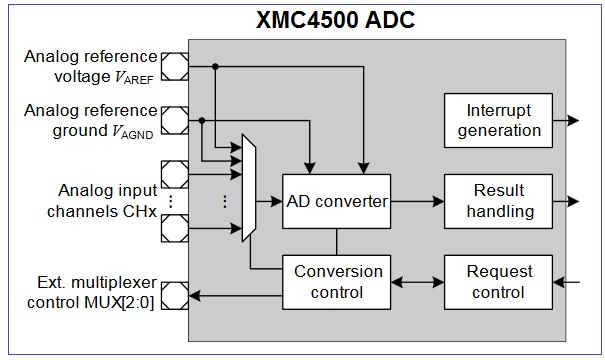
- A project with the prototype program is made and the execution is followed on the XMC 4500 Relax kit platform;
- The proposed problems are solved;
- 1. Increase the conversion time and estimate the stability of the data in the AD converter.
- 2. Connect a humidity-sensitive sensor to a plant's pot and determine the response parameters to the soil moisture variation;
- 3. Make a program sequence that allows optical or acoustic signaling of excessive humidity conditions;
- 4. Analyze the control mode of bit 0 from the byte display;
- 5. Create a program sequence that allows you to acquire data and store it in a file on SD;
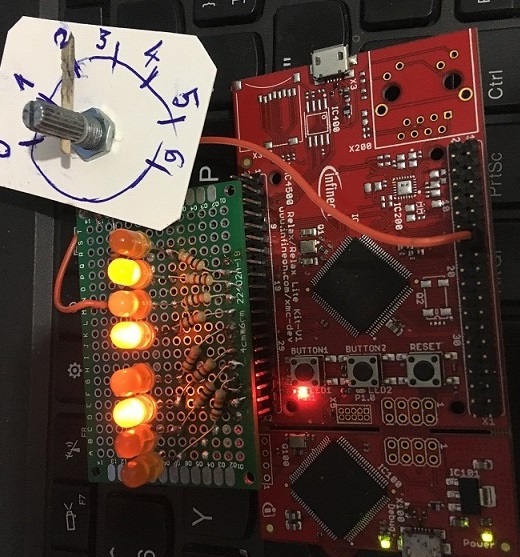
|
E4.7 The experiment can be extended to:
|
Development of orientation systems for photovoltaic cells;
Development of public lighting control systems;
Development of navigation system based on light sensors -TSL1420;
Development of automatic irrigation systems;
Development of medical equipment;
Development of intelligent instrumentation;
Development of artificial hand applications;
|
E4.8 Collateral information:
|
 © 2020 Fl. Pantilimonescu & A. Stan - Fac. Automation and Computers
© 2020 Fl. Pantilimonescu & A. Stan - Fac. Automation and Computers
|
|







